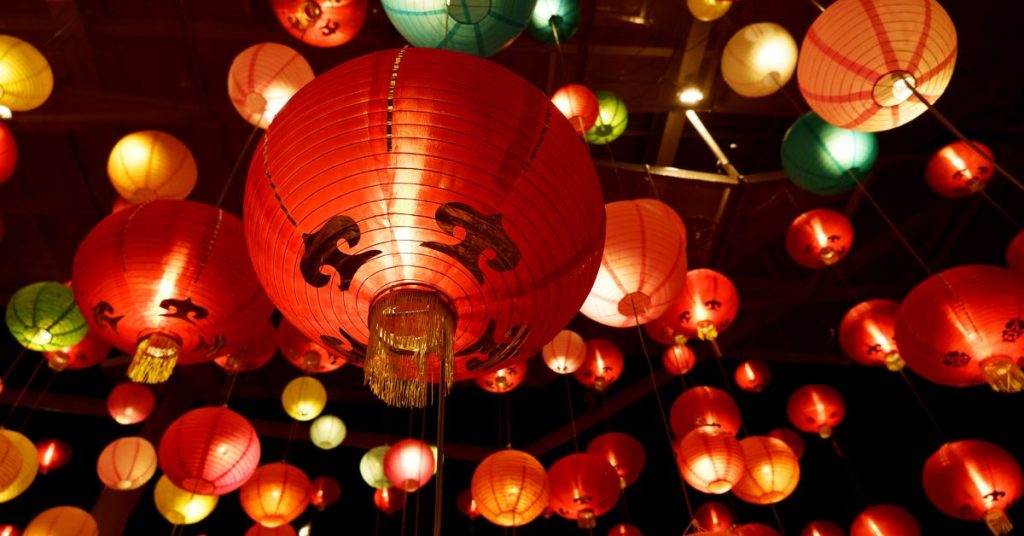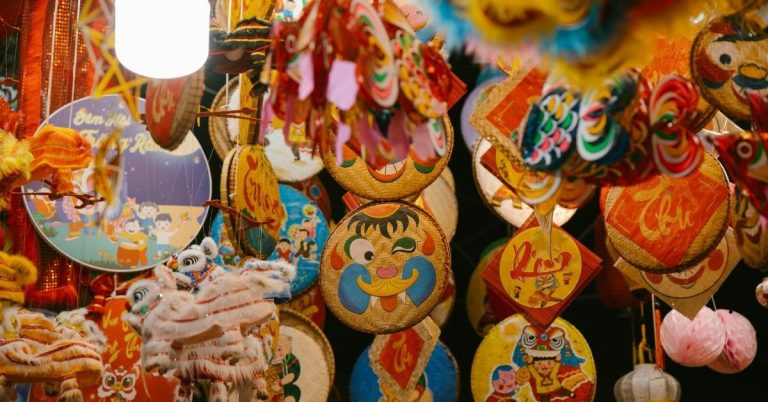Myanmar Students Embrace Chinese Culture at Mid-Autumn Festival
The Mid-Autumn Festival, also known as the Moon Festival, is a celebration rooted deeply in Chinese culture, symbolizing unity, harvest, and family reunion. For many Myanmar students, this festival has become an opportunity to embrace Chinese culture, fostering cross-cultural exchanges and learning. Myanmar students embracing Chinese culture at the Mid-Autumn Festival reflects not only the shared history and cultural ties between Myanmar and China but also the growing trend of cultural appreciation among young people in Myanmar.
In recent years, Myanmar has seen an increasing number of students who are eager to explore and celebrate cultures from around the world. The Mid-Autumn Festival, with its rich traditions and cultural significance, provides an ideal platform for students to come together and immerse themselves in Chinese culture.
Why Myanmar Students Embrace Chinese Culture at the Mid-Autumn Festival
The integration of Chinese culture into the lives of Myanmar students is not a new phenomenon. For centuries, Myanmar and China have maintained strong historical, cultural, and economic connections. The feature: myanmar students embrace chinese culture at mid-autumn festival, which is celebrated on the 15th day of the 8th lunar month, is one of the most important festivals in Chinese culture, and its observance by Myanmar students highlights this shared heritage.
For Myanmar students, embracing Chinese culture at the Mid-Autumn Festival is a way to better understand and appreciate the customs and traditions that have shaped Chinese society. The festival is a celebration of the harvest, moon, and family, and the festivities often include mooncakes, lantern displays, and family gatherings. These elements are not only a celebration of Chinese culture but also serve as an introduction to the broader themes of unity and togetherness, which resonate deeply with Myanmar students.
Cultural Exchange During the Mid-Autumn Festival
The Mid-Autumn Festival has become a focal point for cultural exchange among Myanmar students. Many universities and schools in Myanmar host events and activities to celebrate the occasion, where students of different backgrounds can come together to learn about Chinese traditions and customs. These events often feature performances of traditional Chinese music, dance, and martial arts, offering students an immersive experience in Chinese culture.
Additionally, the festival provides an opportunity for Myanmar students to share their own traditions and customs with their Chinese peers. This mutual exchange fosters a deeper understanding of each other’s cultures and promotes tolerance and appreciation of diversity.
The Role of Mooncakes and Lanterns in Celebrating Chinese Culture
One of the most significant aspects of the feature: myanmar students embrace chinese culture at mid-autumn festival is the consumption of mooncakes. These round pastries, often filled with lotus seed paste and salted egg yolks, are symbolic of the full moon and family unity. For Myanmar students, making and sharing mooncakes is an essential part of the celebration. The act of preparing and eating mooncakes together reinforces the importance of family and community, values that are deeply cherished in both Chinese and Myanmar cultures.
In addition to mooncakes, lantern displays are another iconic feature of the festival. Myanmar students often participate in lantern-making workshops, where they create colorful paper lanterns that are lit up during the evening, symbolizing the light of the full moon. These lanterns, which are often displayed in public spaces and at cultural events, serve as a visual representation of the beauty and joy of the Mid-Autumn Festival.
Myanmar Students’ Participation in Chinese Cultural Activities
In Myanmar, students are increasingly participating in Chinese cultural activities, not only during the Mid-Autumn Festival but also throughout the year. Chinese language courses, calligraphy workshops, and Chinese art exhibitions have become more common in Myanmar schools and universities. These activities provide students with a deeper connection to Chinese culture and help to foster a sense of belonging within the larger global community.
Through these activities, Myanmar students develop a greater understanding of Chinese history, philosophy, and customs. Whether learning the art of calligraphy or engaging in traditional Chinese tea ceremonies, students are gaining a wealth of knowledge that enriches their cultural identity and broadens their worldview. The Mid-Autumn Festival serves as a culmination of these experiences, bringing together students from various backgrounds to celebrate Chinese culture in a meaningful way.
Strengthening Myanmar-China Relations
The growing enthusiasm among Myanmar students to embrace Chinese culture at the Mid-Autumn Festival also reflects the strengthening ties between Myanmar and China. As China continues to play a significant role in regional politics and economics, cultural exchange programs have become an important tool for enhancing bilateral relations. Myanmar students’ participation in the Mid-Autumn Festival and other Chinese cultural events helps to create a bridge between the two countries, fostering goodwill and mutual respect.
Furthermore, Myanmar students’ involvement in Chinese cultural activities can open doors to opportunities for studying in China, learning the Chinese language, and engaging in business and cultural exchanges. These opportunities allow students to become ambassadors of both Myanmar and China, facilitating cross-cultural understanding and cooperation.
The Impact of Social Media on Cultural Appreciation
In today’s digital age, social media platforms play a significant role in the way students embrace and share different cultures. Myanmar students, like many young people around the world, use social media to stay connected with their peers and learn about new cultures. During the feature: myanmar students embrace chinese culture at mid-autumn festival, social media is flooded with images of mooncakes, lantern displays, and traditional Chinese performances. These online interactions not only allow students to celebrate the festival but also help spread awareness of Chinese culture to a wider audience.
The ability to share experiences on social media has made it easier for Myanmar students to participate in global cultural movements, and the Mid-Autumn Festival is no exception. By embracing Chinese culture at the festival and sharing their experiences online, Myanmar students are contributing to a global conversation about cultural diversity and appreciation.

Conclusion
Myanmar students embracing Chinese culture at the Mid-Autumn Festival is a beautiful example of the power of cultural exchange. Through the celebration of this traditional Chinese festival, Myanmar students are not only deepening their understanding of Chinese customs and traditions but also strengthening the bonds between Myanmar and China. The feature: myanmar students embrace chinese culture at mid-autumn festival offers a unique opportunity for students to come together, celebrate unity, and embrace the richness of different cultures. As Myanmar students continue to engage with Chinese culture, they are contributing to a more interconnected and culturally diverse world.
In embracing Chinese culture at the Mid-Autumn Festival, Myanmar students are not just celebrating a festival—they are also celebrating the shared values of family, community, and unity that transcend national borders.


